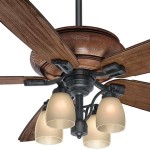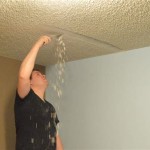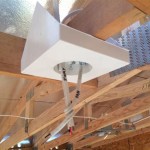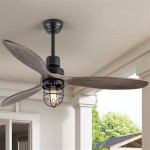What Does Mold On The Ceiling Look Like
Mold is a type of fungus that can grow on a variety of surfaces, including ceilings. It can appear in a variety of colors, including black, green, white, and brown. Mold can also have a variety of textures, including slimy, fuzzy, or powdery.
While some molds are harmless, others can cause health problems, such as respiratory infections and allergies. If you see mold on your ceiling, it's important to have it removed as soon as possible.
Here are some tips for identifying mold on the ceiling:
- Look for dark, discolored spots on the ceiling.
- Feel the ceiling for any slimy or fuzzy areas.
- Smell the ceiling for any musty or mildew odors.
If you think you may have mold on your ceiling, it's important to have it professionally inspected and removed. Do not attempt to remove mold yourself, as this can spread the spores and make the problem worse.
Here are some steps you can take to prevent mold growth on your ceiling:
- Keep your home well-ventilated.
- Control the humidity in your home.
- Clean your bathroom and kitchen regularly.
- Fix any leaks in your roof or plumbing.
By following these tips, you can help prevent mold growth on your ceiling and keep your home healthy.
Types of Mold On The Ceiling
There are many different types of mold that can grow on ceilings. Some of the most common types include:
- Cladosporium: This type of mold is often found in damp areas, such as bathrooms and kitchens. It can appear in a variety of colors, including black, green, and brown.
- Aspergillus: This type of mold is often found in warm, humid areas, such as attics and basements. It can appear in a variety of colors, including black, green, and white.
- Penicillium: This type of mold is often found in food, such as bread and fruit. It can also grow on ceilings, especially in areas that are not well-ventilated.
Each type of mold has its own unique appearance and characteristics. However, all types of mold can cause health problems if they are not removed.
Health Effects of Mold On The Ceiling
Mold can cause a variety of health problems, including:
- Respiratory infections
- Allergies
- Asthma
- Skin irritation
- Eye irritation
People who are exposed to mold may also experience fatigue, headaches, and difficulty concentrating.
If you think you may be experiencing health problems due to mold exposure, it's important to see a doctor. Mold exposure can be serious, so it's important to get treatment as soon as possible.

Ceiling Mold Growth Learn The Cause And How To Prevent It Environix

Ceiling Mold Growth Learn The Cause And How To Prevent It Environix

Ceiling Mold Growth Learn The Cause And How To Prevent It Environix

What Causes Black Mould On Ceilings

Ceiling Mold Growth Learn The Cause And How To Prevent It Environix

I Have Mold In The Ceiling What Should Do

Is This Mold Mildew It A Concern Bathroom Shower Ceiling Home Improvement Stack Exchange

Ceiling Mold Growth Learn The Cause And How To Prevent It Environix

Ceiling Mold Growth Learn The Cause And How To Prevent It Environix

Ceiling Mold Growth Learn The Cause And How To Prevent It Environix








